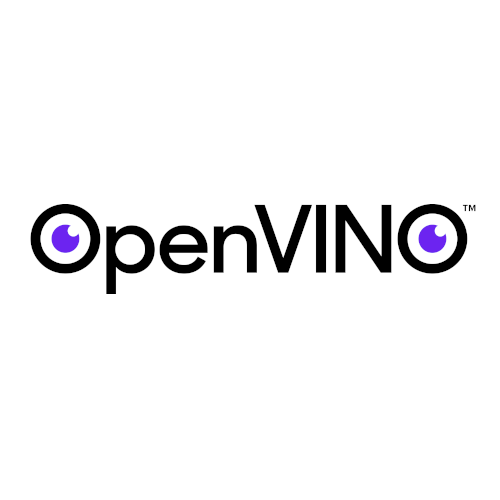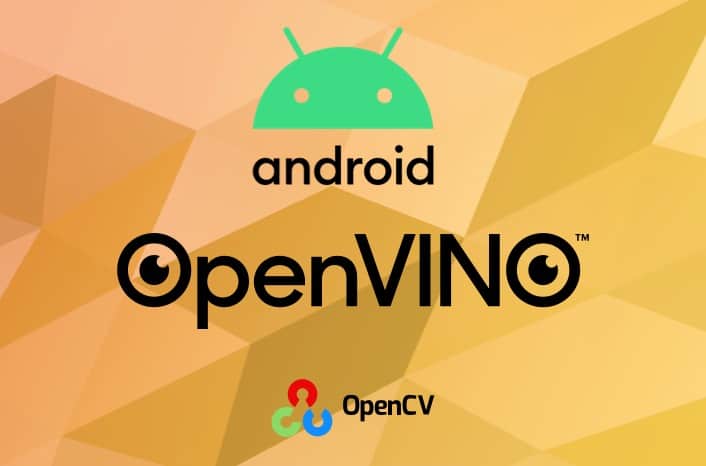Tutorial
Authors: WU Jia, GAO Jinwei NPU, short for neural processing unit, is a specialized processor designed to accelerate the performance of common machine learning tasks and typically of neural networks
Guest post by Aleksandr Voron To keep OpenVINO™ Toolkit focused on optimizing and deploying inference, we no longer include OpenCV and DL Streamer in our distribution packages. But not to
Written by CHEN Zhangjie (Junior, Department of Computer Science and Engineering) Face Detection is a computer vision task in which a computer program detects the presence of human faces and
Some time ago the article “How to create an application on x86 Android with OpenVINO” has been posted. However, most Android devices use ARM-based chips, so we decided to port
Until recently OpenCV Python packages were provided for Windows, Linux (x86_64 and ARM), and macOS (formerly known as OSX) for x86_64 and all was right with the world. However, in
In computer vision, there are number of general, pretrained models available for deployment to edge devices (such as OpenCV AI Kit). However, the real power in computer vision deployment today
This post is the part of the Google Summer of Code 2020 project OpenCV runs on many hardware platforms and makes use of the SIMD (Single Instruction Multiple Data) acceleration












